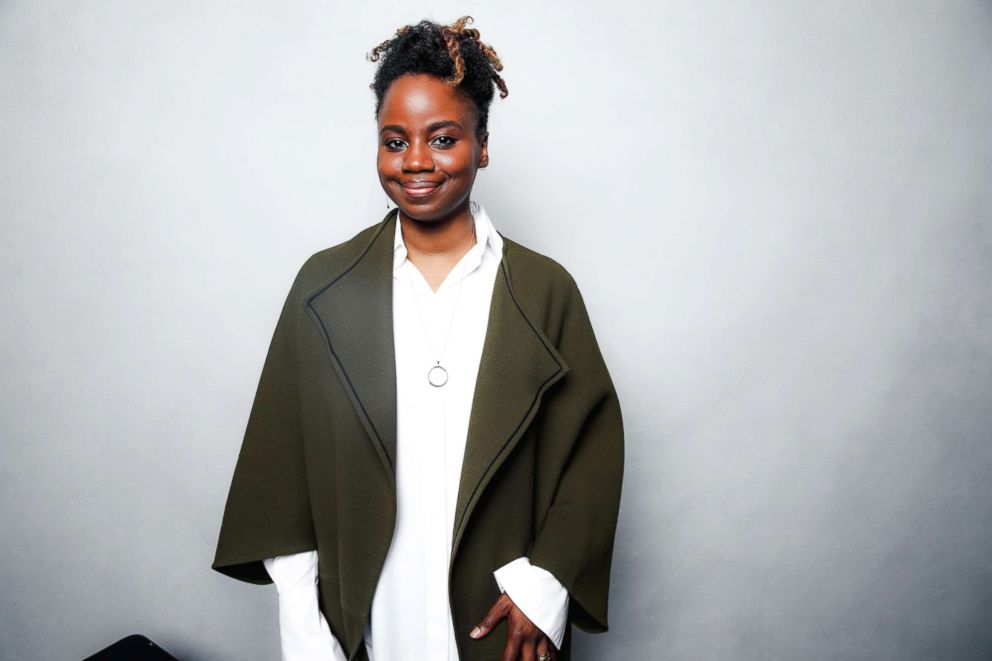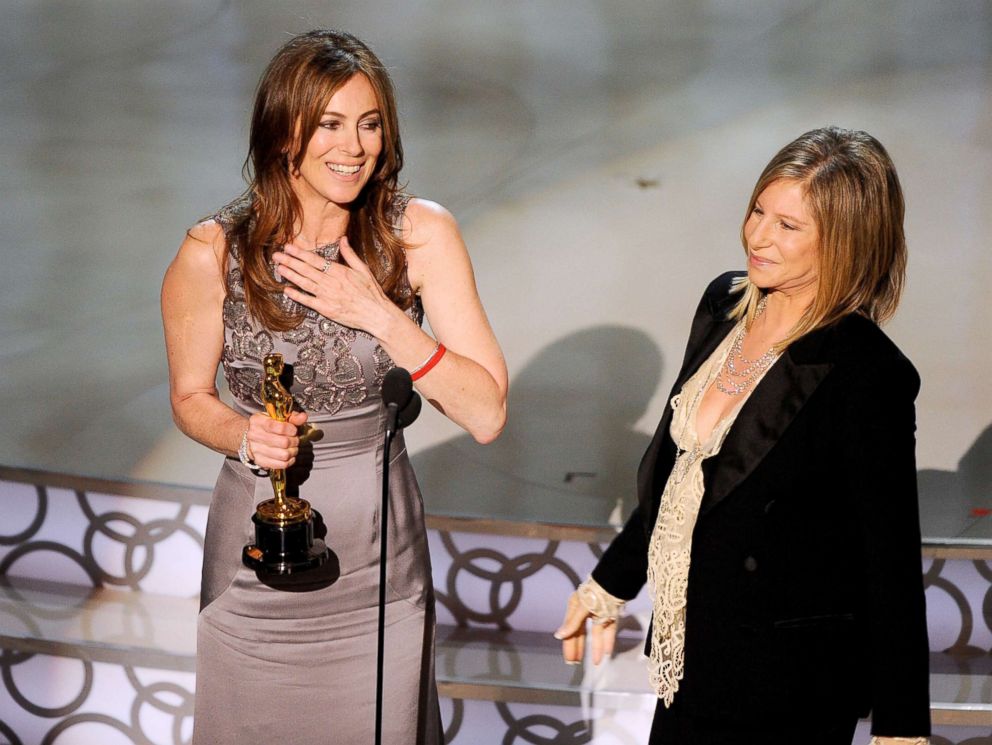Are women finally cracking the celluloid ceiling?
Rachel Morrison and Greta Gerwig landed Oscar nods for behind-the-scenes roles.
— -- There's no doubt, 2017 was an extraordinary year for women in Hollywood.
The three biggest films of the year -- "Star Wars: The Last Jedi," "Beauty and the Beast" and "Wonder Woman" -- each featured female actors in the lead roles. Women-led films and TV shows also dominated at the most recent Emmys and Golden Globes.
And with Tuesday's Oscar nominations, which include a best director nod for Greta Gerwig and the first-ever nomination of a woman, Rachel Morrison, for cinematography, it all seems to be a fitting response to the #MeToo movement that helped expose the huge problem of sexual misconduct and gender disparity in Hollywood.
Could women finally be cracking the celluloid ceiling, so to speak?
The numbers of women behind the camera and behind the scenes tell a different story.
According to the 20th annual Celluloid Ceiling report, only 1 percent of the top grossing films employed 10 or more women in 2017 compared to 70 percent of films which employed 10 or more men.
So while the study's author, Martha Lauzen, applauds the recent Oscar nominations, she points out that the industry still has far to go.
"The best director nomination for Greta Gerwig and best cinematography nomination for Rachel Morrison are well deserved and represent a step in the right direction," said Lauzen, executive director of the Center for the Study of Women in Television and Film at San Diego State University.
"However, I would note that a number of women directors could have been nominated for best director this year including Kathryn Bigelow for 'Detroit,' Dee Rees for 'Mudbound,' Patty Jenkins for 'Wonder Woman,' and Sofia Coppola for 'The Beguiled,' among others," she added.

Reed Morano, a cinematographer turned director who directed the first three episodes of Hulu's "The Handmaid's Tale," expressed a similar sentiment Tuesday.
"There is a lot to be happy for w/ today’s Oscar nominations but still a long way to go: I have to ask- why wasn’t Dee Rees nominated in the directing category? Wtf," she tweeted.
Overall, women comprised just 18 percent of directors, writers, producers, executive producers, editors and cinematographers working on the top 250 domestic grossing films of 2017, according to the study.
Lauzen pointed out that the percentage is virtually the same as it was for women working in those roles 20 years ago. It was 17 percent in 1998.
Women accounted for 11 percent of writers, 19 percent of executive producers, 25 percent of producers, 16 percent of editors and 4 percent of cinematographers.
With the numbers virtually unchanged, Lauzen cautions about reading too much into the Oscar nominations.
"It is significant to see Gerwig among the directors nominated for best director," she said. "Her career will, most likely, get a major boost as the result of the honor. I also think that the visibility she will enjoy as a result of the nomination will also encourage more girls and women to tell their own stories and to see filmmaking as a viable career."
But she added, "We should be careful about suggesting that this nomination will have a dramatic influence on the overall employment of women as film directors. When Kathryn Bigelow was nominated about eight years ago for 'The Hurt Locker,' I saw stories talking about a possible 'Bigelow effect' or the notion that the nomination would translate into greater opportunities for all women filmmakers. If you look at the numbers, we know that didn't happen."

In 2017, women made up 11 percent of directors -- an increase of 4 percentage points from 2016 but the same level as 2000. In the study, Lauzen noted that 2016 was a horrible year for women directors.
She also stressed the importance of having women at the helm because it leads to more women on the set. For example, on films with women directors, women comprised 68 percent of writers. On films with male directors, women made up only 8 percent of writers.
The impact goes beyond who is on set, however. The continuing under-employment of women behind the scenes has helped contribute to the toxic culture of sexual harassment and misconduct in Hollywood.
"Industries with dramatic imbalances in their gender ratios are more prone to a variety of problems, including sexual harassment," Lauzen said.
While she is encouraged by the ouster of some of the worst offenders and the creation of the Time's Up initiative, she said real change will occur when more women are in positions of power.
"The industry has purged some of the more visible and prolific offenders. However, many of the structures that enabled the behavior of those individuals remain," Lauzen explained. "While we are seeing the creation of funds and other resources for those who have experienced sexual harassment, which is very positive, the key will be widespread changes in hiring practices, and that is going to take some time."




